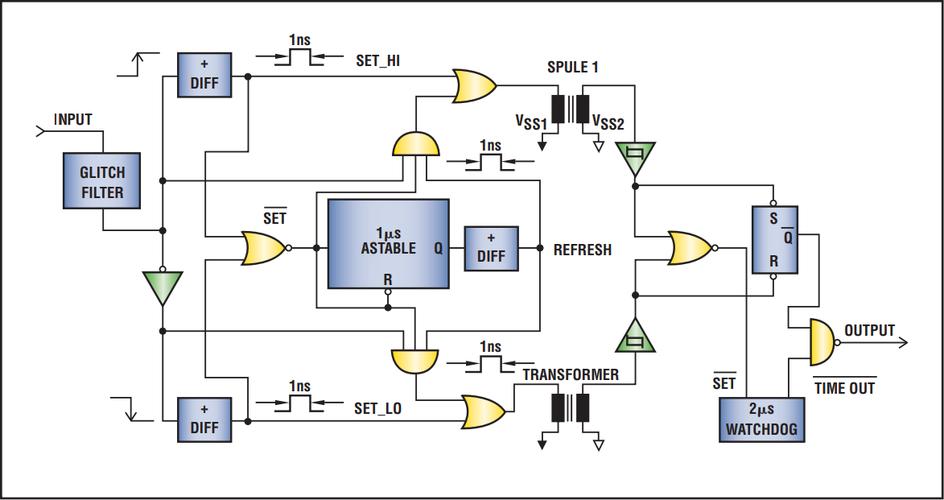
Design of Digital Circuits: A Comprehensive Guide for Aspiring Engineers
Understanding the design of digital circuits is crucial for engineers who aspire to work in the field of electronics and computer science. Digital circuits are the backbone of modern technology, from smartphones to computers and beyond. In this article, we will delve into the intricacies of designing digital circuits, covering various aspects such as basic components, logic gates, combinational and sequential circuits, and practical applications.
Basic Components of Digital Circuits
The foundation of digital circuits lies in its basic components, which include transistors, resistors, capacitors, and diodes. Transistors are the key active devices that control the flow of current in a circuit. They can be either N-type or P-type, and they are used to create logic gates and memory elements. Resistors, capacitors, and diodes are passive components that provide resistance, capacitance, and rectification, respectively.

| Component | Description |
|---|---|
| Transistor | Controls the flow of current in a circuit |
| Resistor | Provides resistance in a circuit |
| Capacitor | Stores and releases electrical energy |
| Diode | Allows current to flow in only one direction |
Logic Gates: The Building Blocks of Digital Circuits
Logic gates are the fundamental building blocks of digital circuits. They perform basic logical operations such as AND, OR, NOT, and XOR. These gates are implemented using transistors and are responsible for processing binary signals. The output of one logic gate can be connected to the input of another, forming complex circuits.
There are several types of logic gates, each with its own unique function:
- AND Gate: Outputs a high signal only when all its inputs are high.
- OR Gate: Outputs a high signal if any of its inputs are high.
- NOT Gate: Inverts the input signal, producing a high output when the input is low and vice versa.
- XOR Gate: Outputs a high signal when the number of high inputs is odd.
Combinational and Sequential Circuits
Combinational and sequential circuits are two types of digital circuits that differ in their behavior. Combinational circuits produce an output based solely on the current inputs, while sequential circuits have memory elements that store previous inputs and affect the current output.
Combinational circuits are constructed using logic gates and are commonly used in arithmetic operations, data processing, and control functions. Sequential circuits, on the other hand, are used in applications such as counters, timers, and memory devices.

Practical Applications of Digital Circuits
Digital circuits find applications in various fields, including telecommunications, consumer electronics, and industrial automation. Some of the most common applications include:
- Telecommunications: Digital circuits are used in modems, routers, and switches to transmit and process data over networks.
- Consumer Electronics: Digital circuits are integral to the functioning of devices such as smartphones, computers, and televisions.
- Industrial Automation: Digital circuits are used in control systems, sensors, and actuators to automate manufacturing processes.
Design Tools and Techniques
Designing digital circuits requires the use of various tools and techniques. Some of the most popular tools include:
- Hardware Description Languages (HDLs): HDLs such as VHDL and Verilog are used to describe digital circuits at a high level of abstraction.
- Simulation Tools: Simulation tools like ModelSim and LabVIEW allow engineers to test and verify their circuit designs before implementation.
- Field-Programmable Gate Arrays (FPGAs): FPGAs are reconfigurable digital circuits that can be programmed to perform specific functions.
Design techniques such as Boolean algebra, Karnaugh maps,




